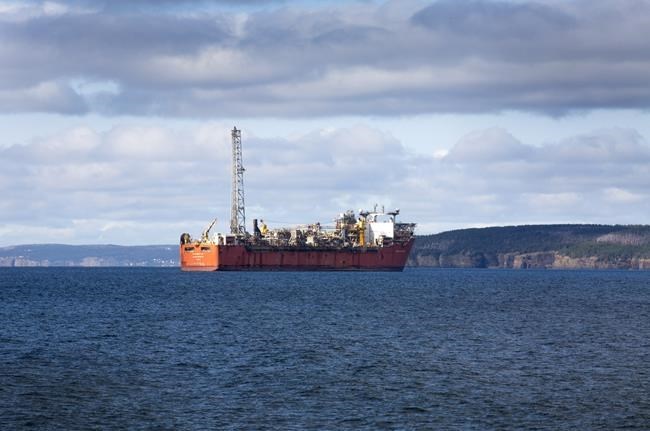Canada's provinces are poised for limited economic activity and sluggish growth for the rest of the year and into 2024, but the risk of a drawn-out recession is increasingly unlikely, according to a report released Tuesday.
The latest provincial outlook from The Conference Board of Canada predicts the country will see very little improvement in the economy this year, with at least one quarter of negative economic growth expected.
But the worst-case scenarios of a protracted recession or highly destabilized labour and capital markets are becoming less likely, the Ottawa-based economic think tank said.
"The economy is hitting a wall," the Conference Board's chief economist Pedro Antunes said in an interview. "We're essentially seeing economic activity flattening out."
The findings echo the latest figures released on Tuesday from Statistics Canada, which showed real gross domestic product was unchanged in the fourth quarter of 2022, a slightly deeper slowdown than anticipated.
Despite forecasting little output growth this year, the Conference Board said it expects a bounceback in activity in 2024 and 2025 as finance restrictions ease.
The report said inflation has turned a corner and the country is entering a period of steady — though still restrictive — interest rates.
Indeed, borrowing costs are expected to constrain the consumer sector, hitting the Ontario, B.C., and Quebec economies the hardest, the report said.
Meanwhile, a population boom recorded in much of the Maritimes will slow slightly in the coming years, but the region's export sector and tourism will be on the upswing, the Conference Board said.
Among the provinces, Newfoundland and Labrador will have the fastest-growing economy in 2023 as offshore oil production picks back up, the report said.
"We forecast a strong rebound in the oil and gas sector this year, with production resuming at the Terra Nova platform after its overhaul in Spain," the Conference Board said in its provincial outlook.
"Increasing oil production will more than offset the effects of a slowdown in the services-producing sectors."
The Conference Board is projecting that Newfoundland and Labrador's GDP will increase by 2.2 per cent in 2023, before tapering slightly in 2024 and 2025.
Meanwhile, the Alberta and Saskatchewan economies will also perform well in the near term, powered by the oil and gas sector and favourable outlooks in agriculture, the provincial outlook said.
"Alberta’s oil and gas sector saw a nice end to 2022, with increased drilling activity leading to higher production," the report said. "Stable oil prices are expected to benefit the sector in 2023 and beyond."
The Alberta economy is set to grow by 2.1 per cent this year and rise to 2.8 per cent in 2024 before edging back down to 2.6 per cent in 2025, the Conference Board predicted.
Saskatchewan’s mining and agriculture sectors are expected to be strong drivers of growth in 2023, the report said.
"The catalyst of Saskatchewan’s growth in 2023 will come from the agricultural sector as this year could be another strong one in terms of crop production," the provincial outlook said. "Farm receipts are expected to post a bigger increase in Saskatchewan than in any other province in Canada."
The Conference Board forecasts Saskatchewan’s GDP to expand 1.6 per cent in 2023, followed by a 2.0 per cent gain in 2024.
On the other end of the spectrum, the economies of Quebec and New Brunswick will be nearly flat this year before returning to growth in 2024.
"Quebec will have an outsized slowdown in growth in 2023, but its medium-term fundamentals as the renewable resource capital of the country should encourage growth in later years — provided it can find enough people in its aging labour force," the Conference Board said.
Quebec’s real GDP growth in 2023 is expected to slow to 0.2 per cent and climb to 2.0 per cent in 2024 and 2.1 per cent in 2025.
New Brunswick's economy will also slow this year, despite a surging population and impressive finances, according to the Conference Board.
"The province’s finances continue to surprise on the upside," the report said, noting that a recent fiscal update forecasted a surplus of $774.4 million as population growth boosts personal income tax revenues.
New Brunswick is expected to post 0.1 per cent GDP this year before growth picks up to 1.8 per cent in 2024, the report said.
This report by The Canadian Press was first published Feb. 28, 2023.
Brett Bundale, The Canadian Press



